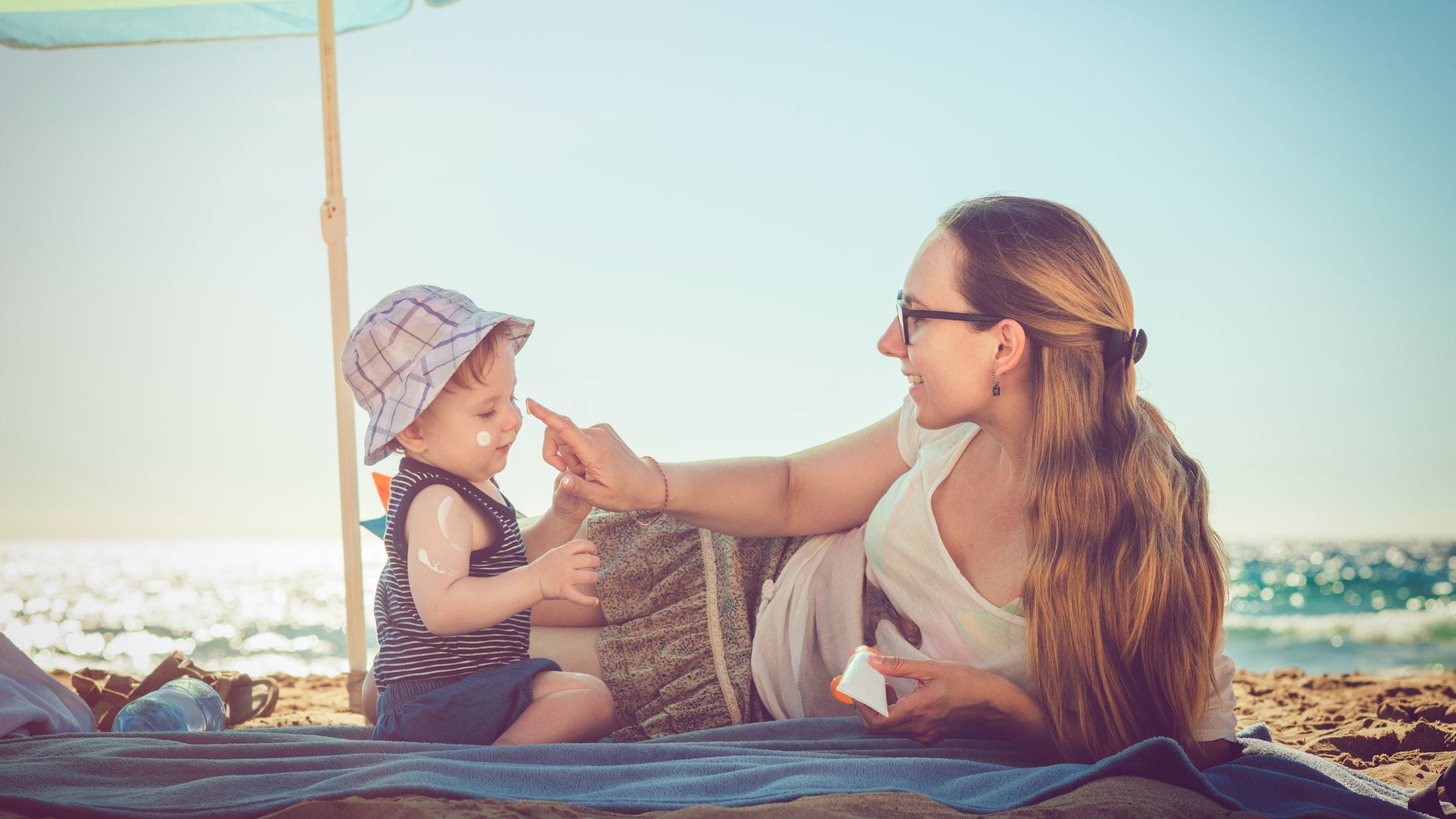
Our culture historically has associated being tan with being healthy and attractive. And before going on a beach vacation of lying in the sun, some people aim to get a “base tan,” browning their skin bit by bit in an attempt to prevent sunburns during longer stints under those rays.
Unfortunately, there’s more than one problem with this line of thinking.
A base tan doesn’t effectively prevent sunburns. A safe and less time-consuming way to prevent burns is to wear sunscreen of at least 30 SPF.
Tanning, with or without a base tan, also isn’t a sign of good skin health. The tanning of your skin is a sign of your skin cells desperately trying to protect themselves from further cancer-inducing damage from the sun’s ultraviolet rays.
So how do you tan safely?
There’s really no way to tan safely. Even if some of us like to think of tanned skin as healthy, it’s a sign of skin damage.
Of course, there are still ways to get that sun-kissed look artificially. Topical products are considered safe. These “sunless” tanning products use an ingredient called DHA (dihydroxyacetone) that interacts with surface skin cells to simulate a tan.
The main concern regarding artificial tanning products is with inhaling that product or getting it in other mucous membranes, so be sure to cover your eyes, nose and mouth during a spray tan.
And how should you get vitamin D, which the sun provides?
We do need vitamin D — it’s essential for strong bones and other bodily functions — but the best sources of this vitamin are in supplements, some fish, cheese, egg yolks and fortified dairy and grain products. It’s called the “sunshine vitamin,” but it’s much safer to ingest vitamin D through food or supplements than by risking skin damage in the sun.
Other tips for keeping skin healthy and damage-free this summer
Always use broad-spectrum sunscreen of at least 30 SPF, and reapply it often — every two hours, or after heavy sweating or toweling off. To cover an adult’s body adequately, you need about an ounce of sunscreen, or the amount that would fill a shot glass.
How to choose the best sunscreen
To avoid sun damage, don’t lie out in the sun — with or without sunscreen. No sunscreen is 100 percent effective at blocking harmful UV rays. To accomplish good sun protection, seek shade, wear sunglasses and sun-protective clothing, and apply sunscreen when you can’t avoid the sun or can’t cover your skin.
If you notice any changes to moles, or non-healing, bleeding, tender or scaling spots, make an appointment with a dermatologist for an evaluation.
More tips:

Routine visits to a dermatologist can lead to better skin health
Find out how the experts at Ohio State can help.
View services and schedule




